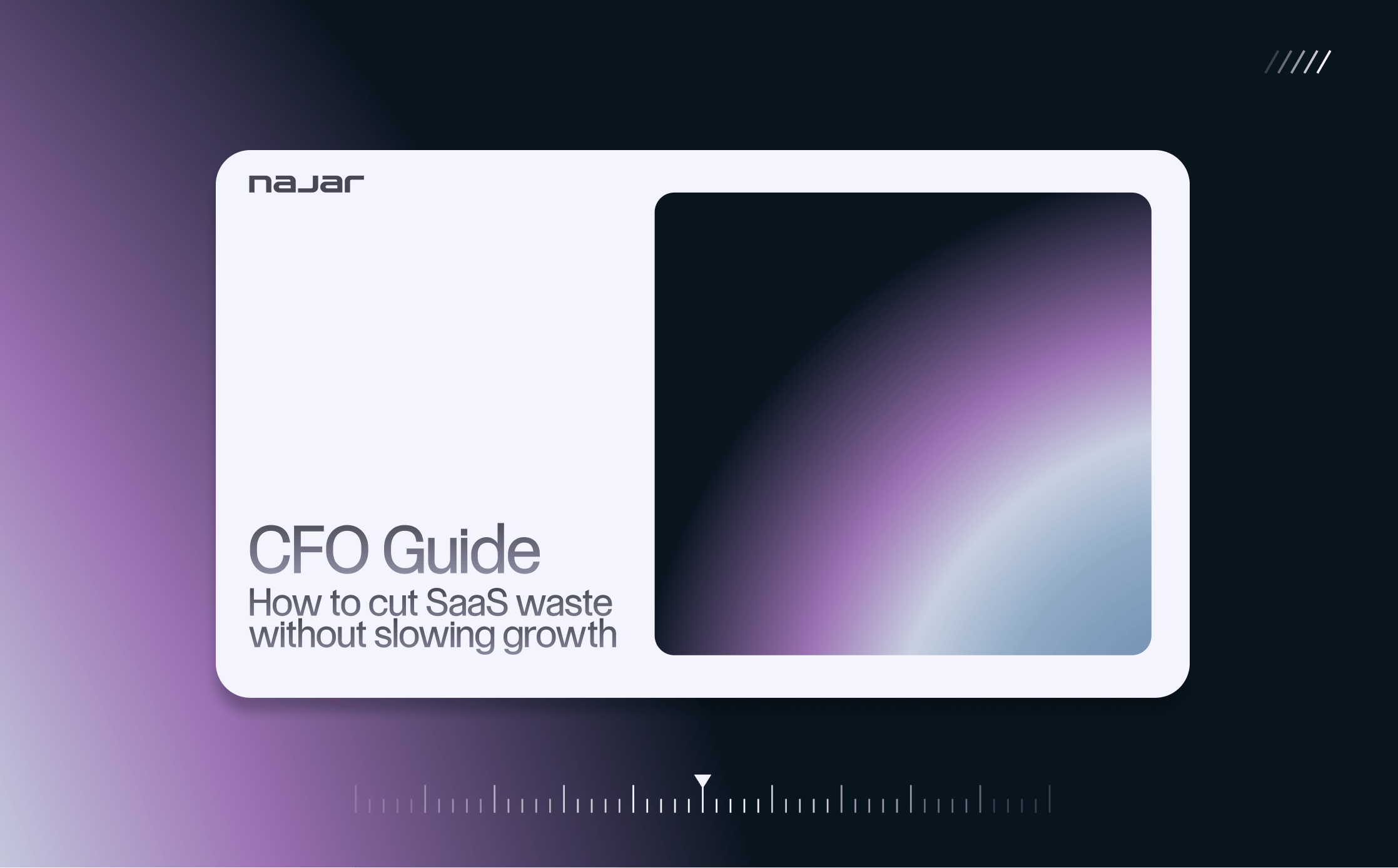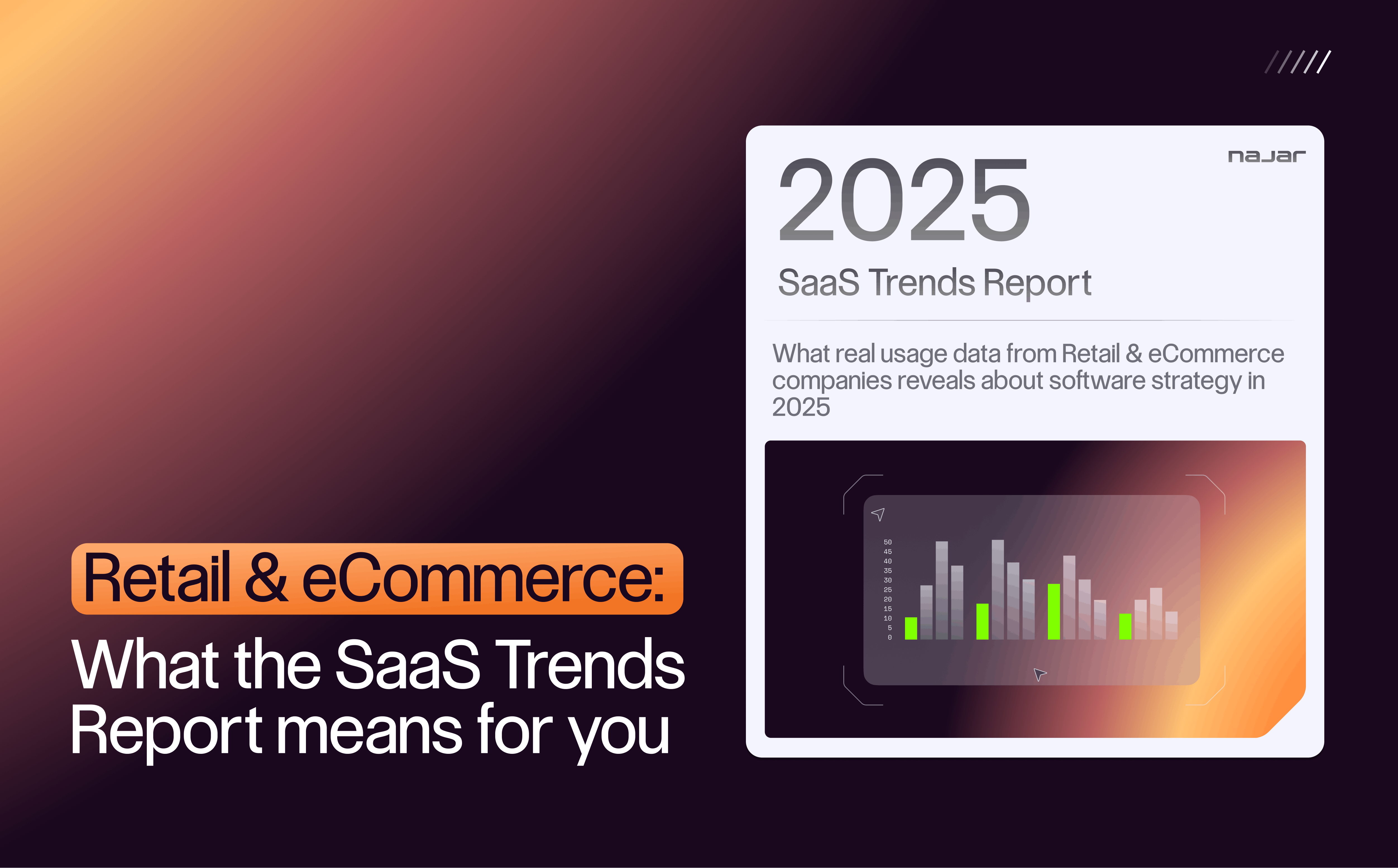How Can Businesses Effectively Handle SaaS Vendor Lock-In?
Implementing SaaS solutions is essential to saving your teams time and flexibility. However, beware of possible dependency on your SaaS suppliers. This can make it time-consuming and difficult to migrate or change suppliers.
If SaaS providers are locked in, you risk losing control of your data, or becoming even more vulnerable to price increases. To mitigate these risks and deal with them as effectively as possible, here are several strategies you can put in place in your company today.
Assess the risk of vendor lock-in
SaaS vendor lock-in refers to a company's dependence on a software as a service (SaaS) provider. This limits its ability to change service providers or migrate to another solution.
It is therefore essential to understand the risks associated with locking in SaaS suppliers, so as to be able to anticipate them. There are many such risks, and they can be more or less harmful to your business. So it's crucial to keep in mind the possibility of changing supplier.
The costs of vendor lock-in
Over-dependence on a supplier generates costs that are financially undesirable. Lacking flexibility on your SaaS solutions, you won't be able to get rid of overpriced solutions that end up no longer matching your usage.
The same supplier is not always able to offer you solutions fully adapted to your business. The cost of customizing your solutions is often high, and can add considerably to the bill.
In the case of a lock-in, you run the risk of having to pay for solutions that your employees don't use, because they are too complex or inconvenient. A SaaS ecosystem with a low utilization rate can cost you a lot of money... for nothing.
The question of SaaS data ownership
When you sign up with a software-as-a-service provider, you are transferring some of your data, such as customer information, financial or sales data, and so on. In the event of a SaaS vendor lock-in, the ownership and security of your data could be compromised.
If you want to change supplier following a lockout, you may face data recovery worries. More generally, this can lead to unfortunate compliance, confidentiality and data governance issues.
Jeopardizing your company's scalability
If you're dependent on your SaaS provider, you'll find it hard to upgrade your software ecosystem. You risk losing access to solutions that can keep pace with your business growth.
And yet, your ability to upgrade your SaaS tools is crucial if you are to remain competitive in the marketplace. Tools that aren't suited to your business are therefore detrimental to your productivity, and risk costing you money by paying for inappropriate solutions.
Priority to interoperability and data portability
It's crucial to choose SaaS solutions that offer satisfactory interoperability and data portability. These features guarantee better management of your information and avoid locking you into a proprietary ecosystem.
By using open standards such as JSON or XML formats, you facilitate the exchange of data between your applications. This enables you to easily connect your systems and set up efficient workflows.
By adopting APIs, or Application Programming Interfaces, you also simplify communication between your applications, and do so seamlessly. A SaaS solution with a good API enables you to integrate your data with multiple tools.
The interoperability of your SaaS software and the portability of your data ensure an easy transition to new solutions. You also avoid any operational discontinuity or major interruption. You avoid dependence on a single supplier.
Adopt a multi-vendor approach
To reduce the risk of dependency, it's a good idea to consider a multi-vendor approach to your SaaS solutions.
By combining tools from several suppliers, you benefit from greater flexibility and agility in your ecosystem.
We advise you to identify the critical functionalities essential to your business. Then allocate them to different partners. You then benefit from healthy competition between suppliers: the best way to access competitive services and rates.
Contractual guarantees
To avoid the negative consequences of locking in your SaaS suppliers, CFOs can implement key contractual guarantees.
This involves including exit clauses in contracts with your partners, including an exit route if necessary. This ensures a seamless transition to other suppliers.
It's also crucial to clarify data ownership and retrieval rights. In this way, you ensure total control of your business information. You avoid any loss or fraudulent use of your data.
Negotiate flexible contractual conditions to ensure your company's operational agility. This will enable you to migrate easily to other SaaS providers as your business needs change.
Regular supplier evaluation
To ensure that your SaaS solutions meet your business requirements, it's a good idea to carry out regular assessments of your tool suppliers. It's worth looking at several criteria to detect early signs of lock-in.
Supplier performance and stability
Keep an eye on the performance of your SaaS suppliers. Availability, reliability and technical performance are three criteria to analyze.
Pay attention to their financial strength and stability to ensure that they can continue to meet your needs.
Quality of customer service
It's crucial to work with partners who offer good customer service if you want their services to run smoothly. Your supplier must be responsive, available and able to resolve any problems you may encounter.
Alignment with your business issues
The functionalities offered by your SaaS providers must be aligned with your business needs. These are also likely to evolve over time, so it's a good idea to regularly reassess this alignment.
Signs of potential lock-in
Check that your SaaS providers do not restrict the portability of your data. Nor should they impose restrictions that would make migration to another provider difficult.
Implement a proactive action plan
Based on the results of your assessments, you can put in place an action plan to address any potential lock-in risks.
This may involve bypass solutions, finding alternative suppliers or renegotiating more flexible contractual conditions.
Develop in-house SaaS skills
To avoid the risks associated with locking in SaaS suppliers, it is worthwhile for CFOs to develop in-depth knowledge of their companies' SaaS solutions.
By building in-house expertise on their IT infrastructure, CFOs reduce dependency on in-house suppliers.
As a result, you increase your teams' ability to navigate lock-in risk situations, and ensure optimal management of your SaaS ecosystem.
This means investing in training and developing internal skills. The aim is to optimize understanding of your tools, their functionalities and their alignment with your company's objectives.
CFOs have a real role to play in mitigating the risks of SaaS vendor lock-in. By adopting targeted strategies such as a multi-vendor approach, contractual guarantees and developing in-house expertise, they can ensure business flexibility.
Thanks to these framed approaches, CFOs build a capacity to evolve in the complex situations that can arise in the development of your SaaS ecosystem. They then guarantee efficient, regulated management of your software.
You can start by discovering how much you can save by effectively managing your SaaS solutions with our Savings Calculator!



